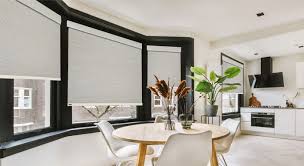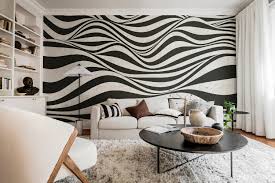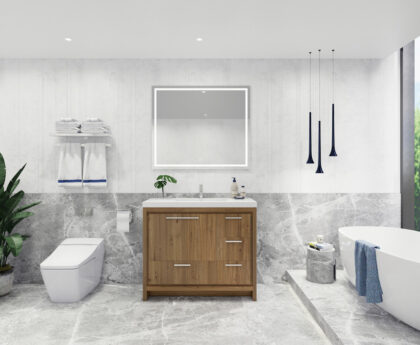Choosing sustainable blinds for your home is no longer just about aesthetics—it’s also a conscious decision for the planet. Today, brands are creating models that are both stylish and eco-friendly, using recycled materials and innovative production methods. From organic linen fabrics to recycled aluminum components, there are plenty of options to combine comfort, durability, and elegance in your interior spaces.
Eco-Friendly and Recycled Materials: The Foundation of Sustainable Blinds
When selecting sustainable blinds, the material is the first and most important consideration. The most environmentally responsible options use biosourced or recycled fibers, which significantly reduce the environmental impact of production.
Natural fabrics such as linen, organic cotton, hemp, and bamboo offer breathable, renewable alternatives. Their textures bring warmth and authenticity, perfect for modern Scandinavian interiors or bohemian-chic spaces.
Recycled components, like PVC or polyester, are ideal for humid rooms such as kitchens and bathrooms, thanks to their resistance to moisture and UV rays. Many manufacturers now use recycled aluminum for rods and mechanisms, combining lightness with durability.
Certifications for Truly Eco-Responsible Blinds
To ensure quality and traceability, it’s best to look for environmental labels:
- Oeko-Tex: Guarantees absence of harmful substances.
- GRS (Global Recycled Standard): Certifies the percentage of recycled materials.
- EcoCert: Recognizes ecological and ethical manufacturing processes.
These certifications are reliable indicators to help you choose sustainable blinds that are genuinely eco-friendly.
Biosourced Fabric Blinds: Combining Decor and Durability
Sustainable doesn’t just mean eco-friendly—it also means long-lasting. Linen and hemp fabrics offer excellent durability while providing UV protection and allowing natural light to pass through.
Blinds made from renewable natural fibers, such as bamboo or woven plant fibers, adapt well to temperature variations, keeping rooms cool in summer and warm in winter. Recycled polyester fabrics, meanwhile, resist deformation and moisture, making them suitable for sunny or splash-prone areas.
In short, a good sustainable blind combines sturdiness, easy maintenance, and thermal performance, reducing energy needs and offering long-term ecological and financial benefits.
Local and Responsible Manufacturing: Favor Short Supply Chains
Choosing sustainable blinds also means considering where and how they are made. Many European brands—especially French, Italian, or Scandinavian—prioritize local, custom production, reducing transport and carbon footprint.
Artisanal manufacturing often ensures superior finishing quality and the possibility to personalize dimensions, colors, and fabrics. Labels such as “Made in France” or “Origine France Garantie” demonstrate transparent and responsible sourcing.
Some manufacturers go further by embracing a circular economy approach, recycling fabric scraps or old blinds into new products. This intelligent process ensures ethical, eco-conscious decor down to the smallest detail.
Conclusion: Sustainable Blinds as a Conscious and Stylish Choice
Sustainable blinds are more than decorative accessories—they embody a philosophy of mindful consumption, valuing quality, longevity, and environmental respect. With biosourced fabrics, recycled materials, and certified labels, there are now numerous ways to dress your windows responsibly without compromising style or comfort.
By choosing natural materials, eco-certifications, and locally produced blinds, you actively contribute to greener interior design while maintaining elegance and convenience.





